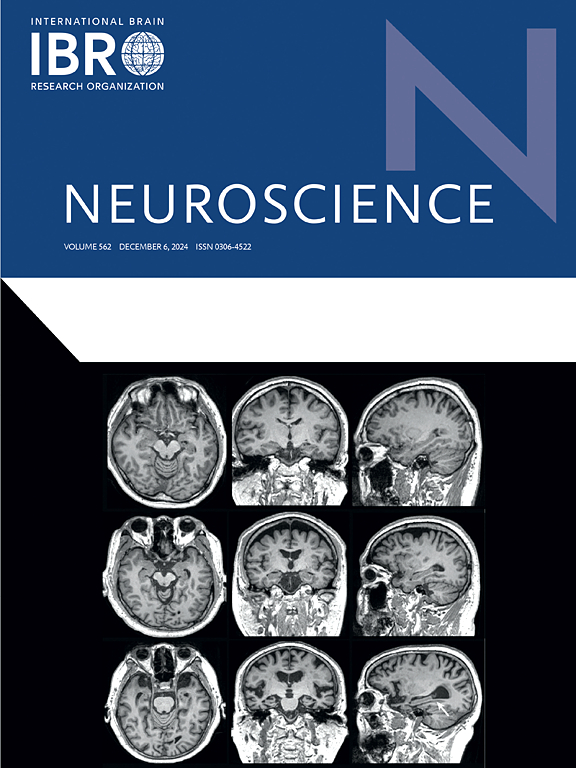Use of deep learning-based high-resolution magnetic resonance to identify intracranial and extracranial symptom-related plaques
IF 2.9
3区 医学
Q2 NEUROSCIENCES
引用次数: 0
Abstract
This study aims to develop a deep learning model using high-resolution vessel wall imaging (HR-VWI) to differentiate symptom-related intracranial and extracranial plaques, which is crucial for stroke treatment and prevention. We retrospectively analyzed HR-VWI data from 235 patients, dividing them into a training set (n = 156) and a testing set (n = 79). Using T1-weighted and contrast-enhanced T1WI images, we constructed five deep learning models and selected the best-performing DenseNet 201 model to extract features. Traditional and radiomics features were also obtained to build both single and combined models. The models were evaluated using receiver operating characteristic curves and the area under the curve (AUC). The deep learning model showed the highest diagnostic performance, while combined models, particularly T + D, performed well, though not better than the single deep learning model. The deep learning model based on HR-VWI is superior in discriminating symptom-related plaques and offers valuable guidance for plaque management.
求助全文
约1分钟内获得全文
求助全文
来源期刊

Neuroscience
医学-神经科学
CiteScore
6.20
自引率
0.00%
发文量
394
审稿时长
52 days
期刊介绍:
Neuroscience publishes papers describing the results of original research on any aspect of the scientific study of the nervous system. Any paper, however short, will be considered for publication provided that it reports significant, new and carefully confirmed findings with full experimental details.
 求助内容:
求助内容: 应助结果提醒方式:
应助结果提醒方式:


